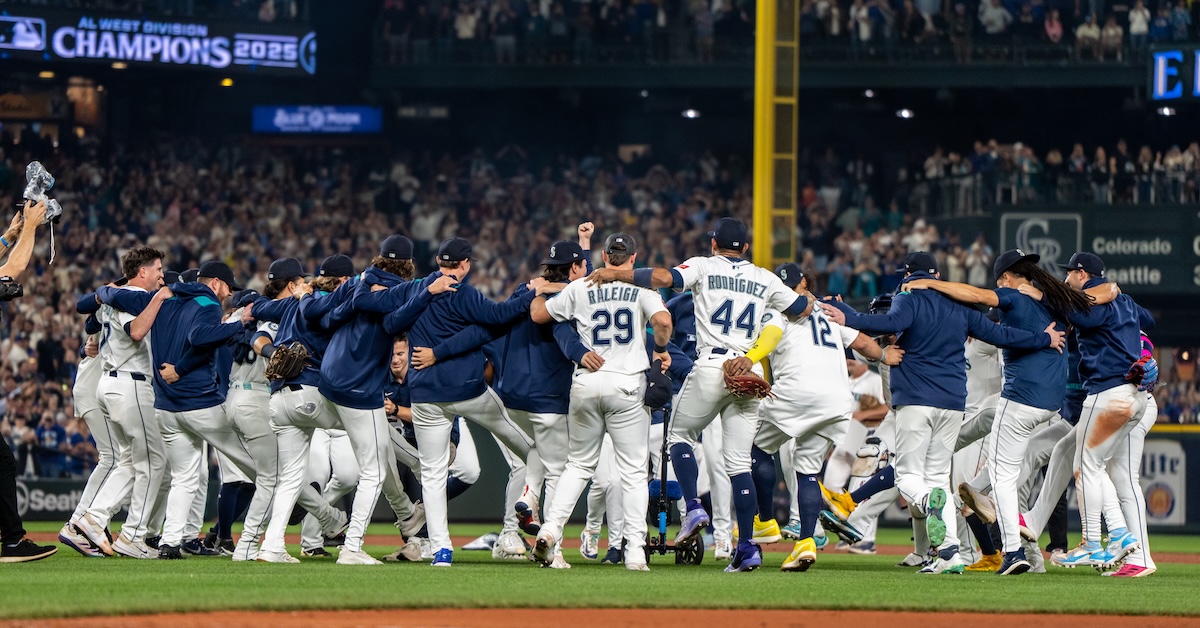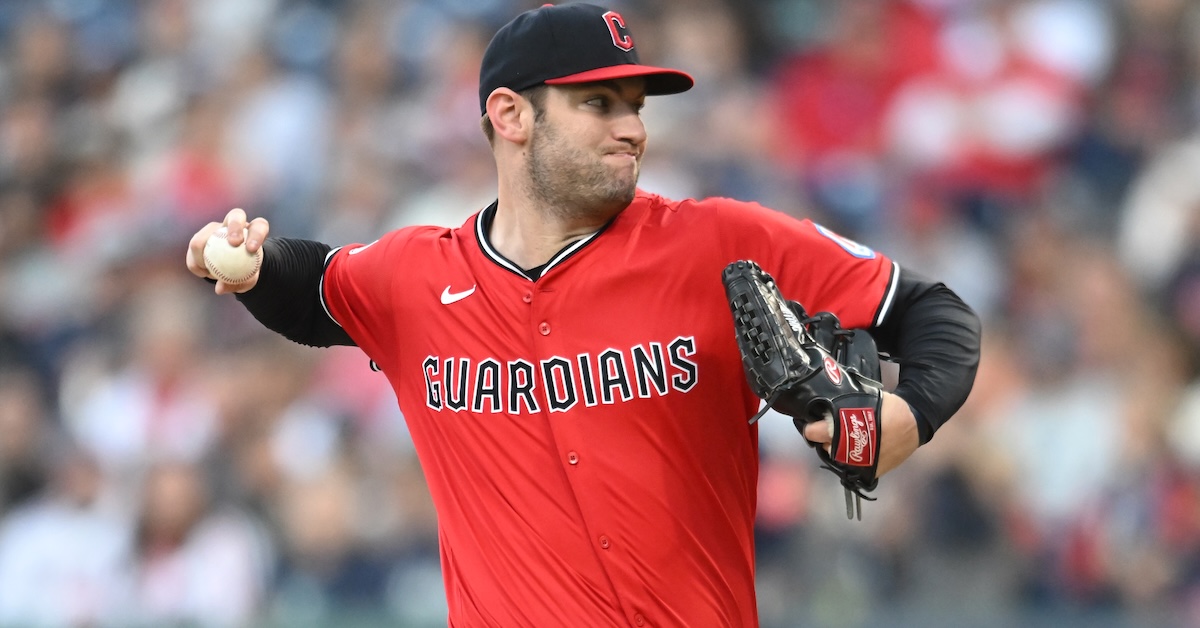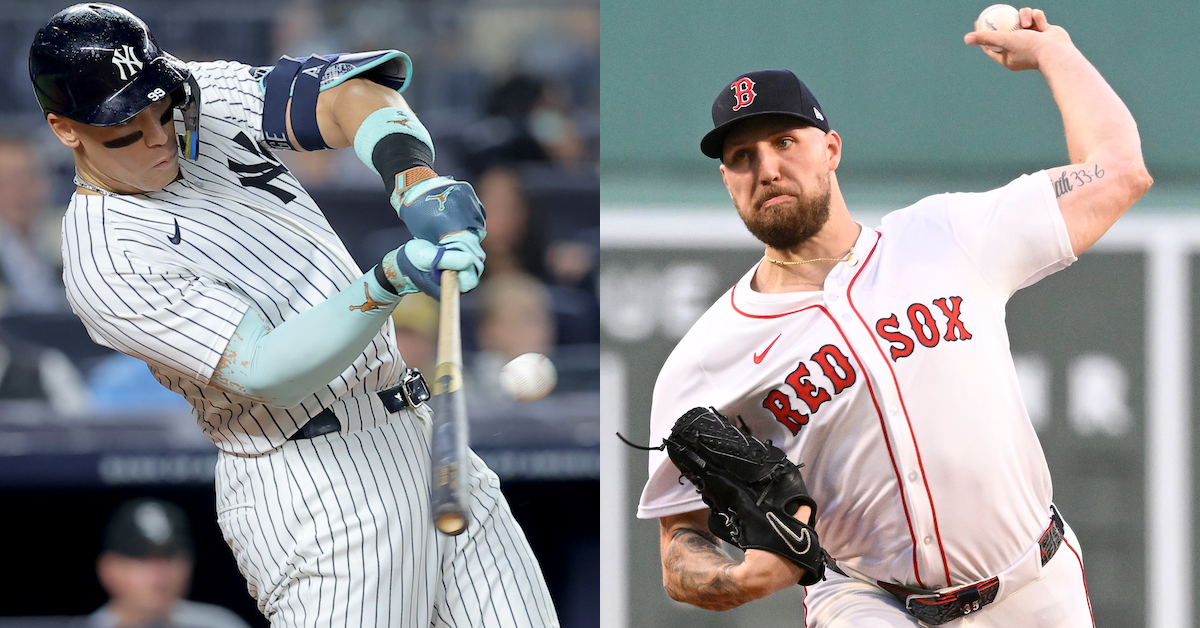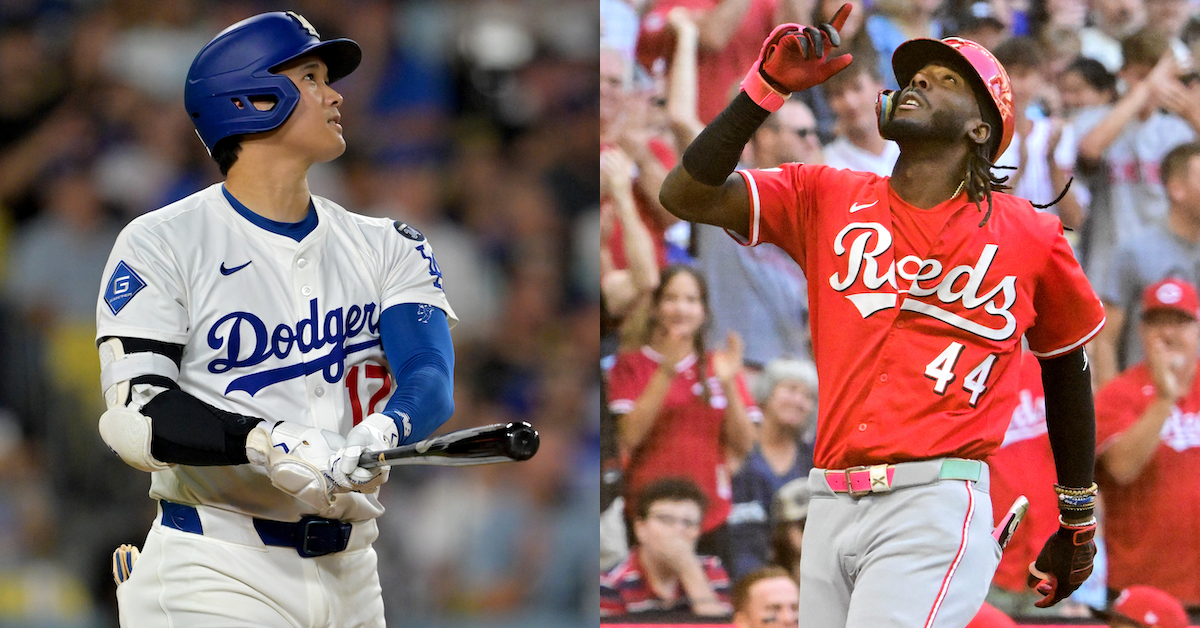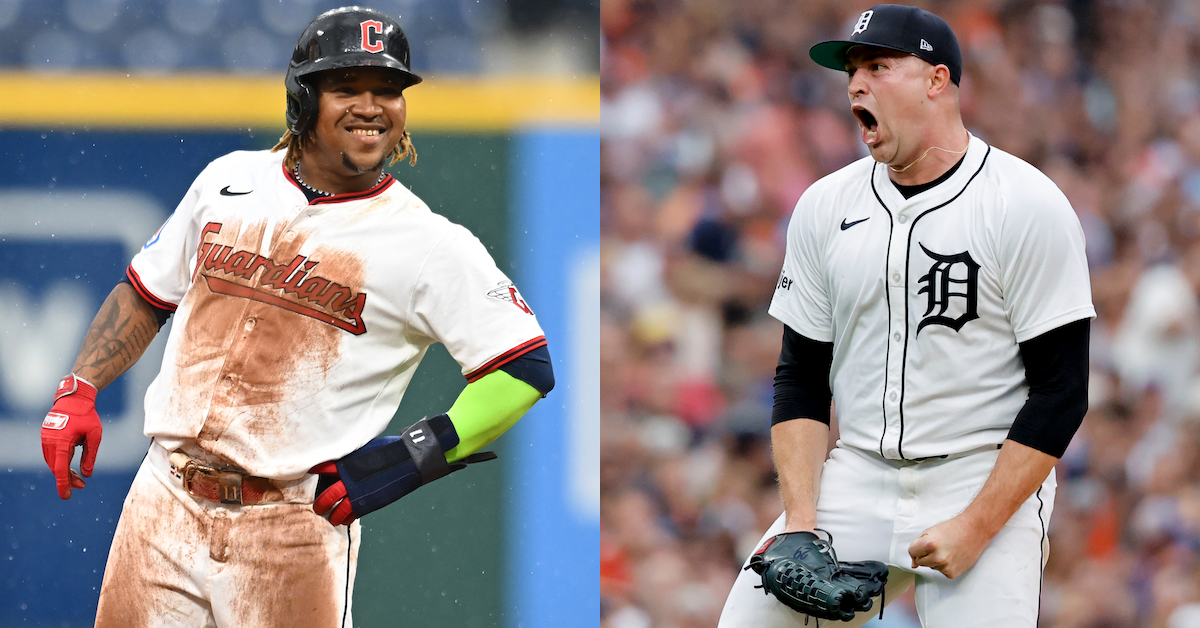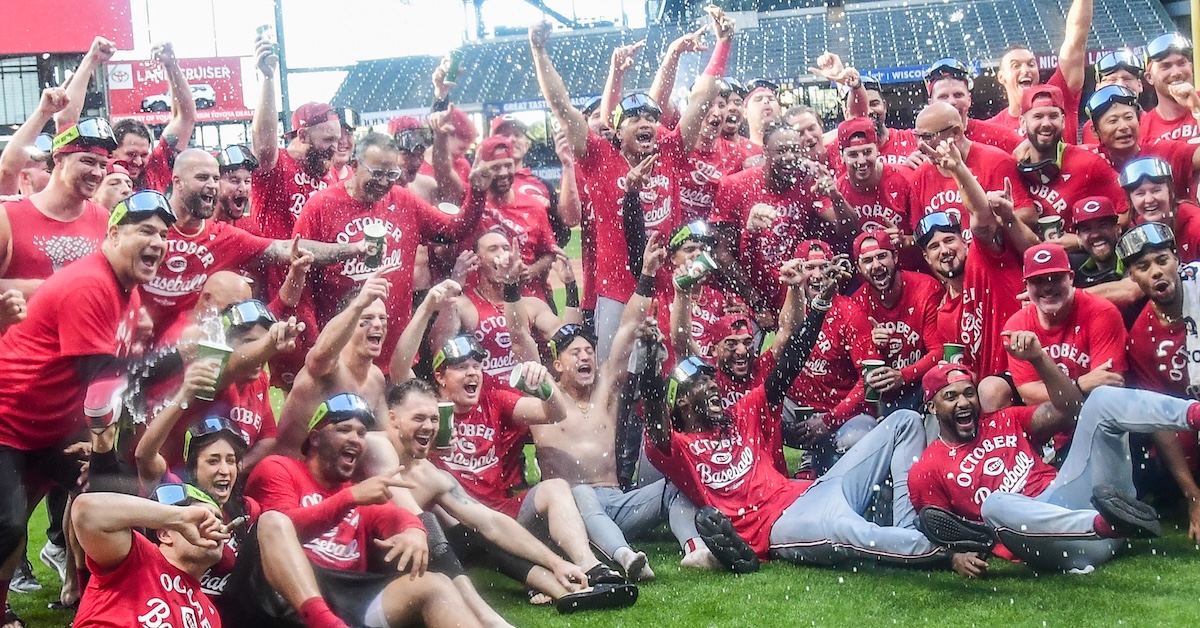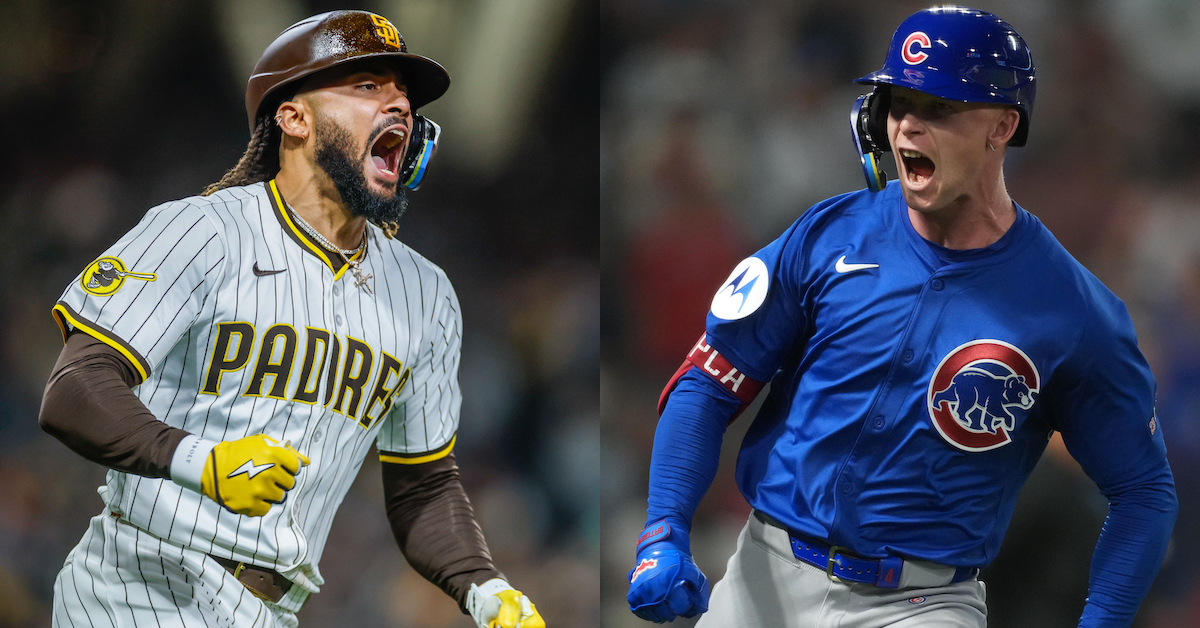FanGraphs Power Rankings: 2025 Postseason Edition
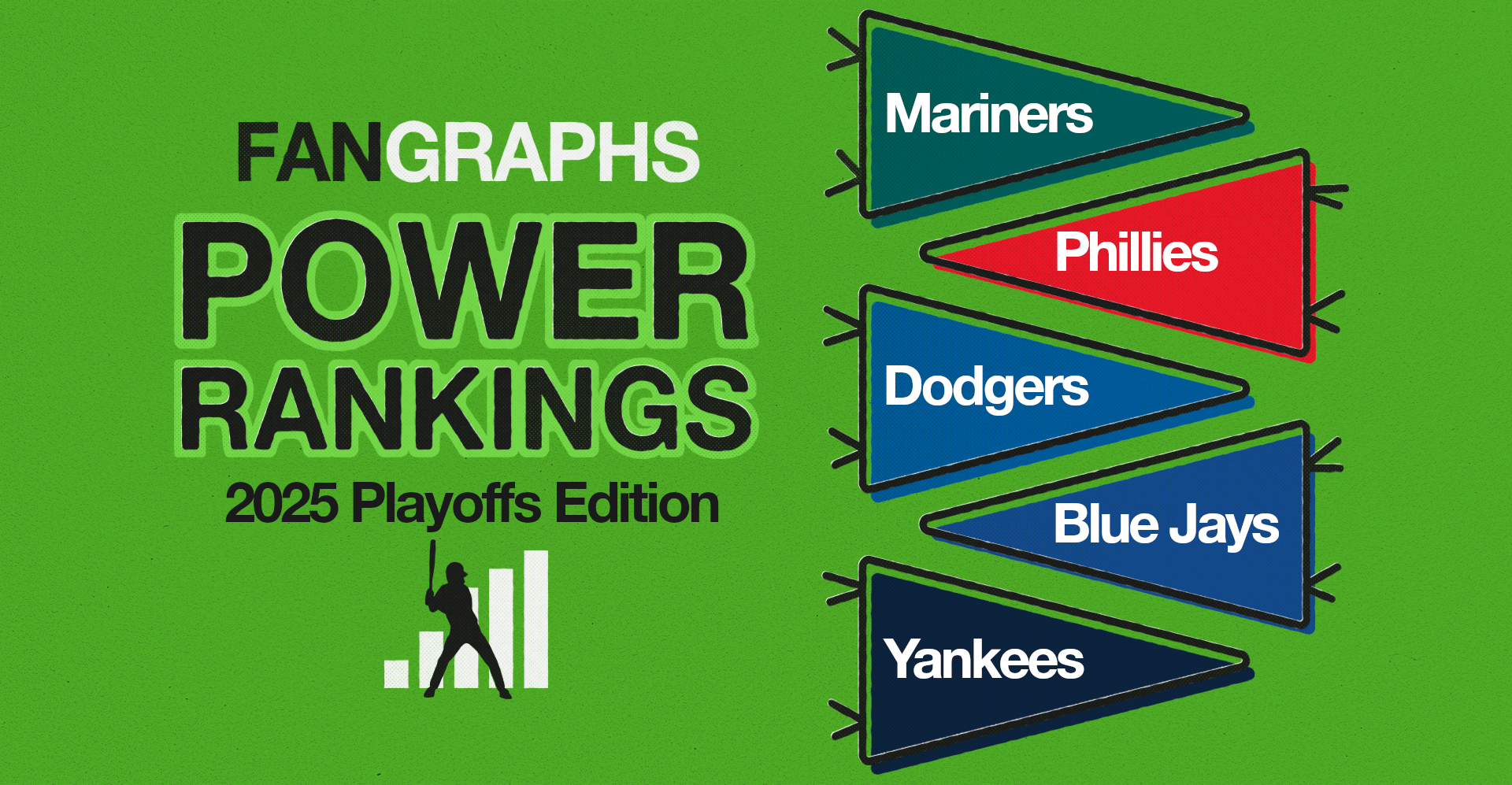
After the last four playoff spots were decided during a wild final weekend of the regular season, the postseason is finally upon us. The 12-team field features a number of ballclubs that were playing their best baseball down the stretch in September, plus a few teams that backed into the playoffs in the midst of some worrying slumps. But the slate is wiped clean in October, and anything can happen in the postseason. Here’s a look at the 12 playoff teams and how they stack up against each other.
Last year, we revamped our power rankings using a modified Elo rating system. If you’re familiar with chess rankings or FiveThirtyEight’s defunct sports section, you’ll know that Elo is an elegant solution that measures teams’ relative strength and is very reactive to recent performance. Since we’ve reached the postseason, I’ve removed the playoff odds weighting to our raw Elo calculations and presented the teams in the tiers below based on our odds of them winning the World Series. If you’re curious about how your team finished in the standard regular season power rankings, the full table can be found at the bottom of this article. Read the rest of this entry »

